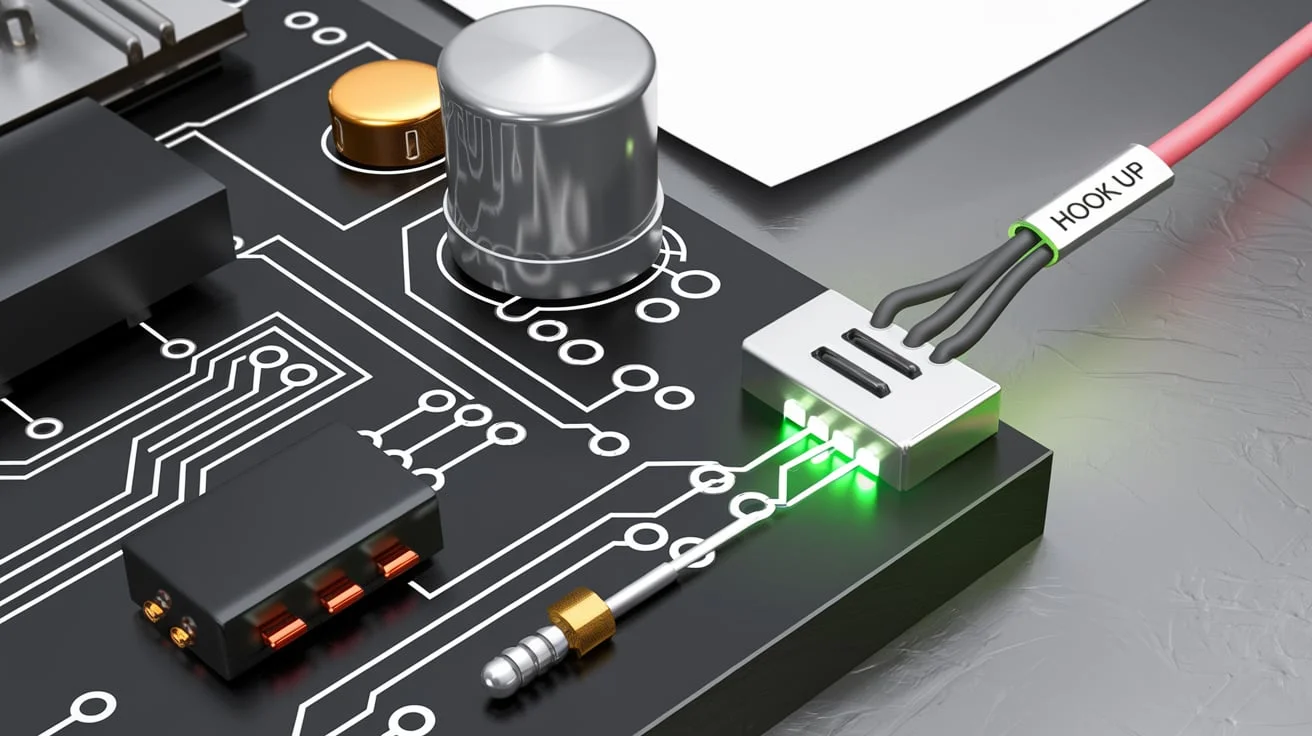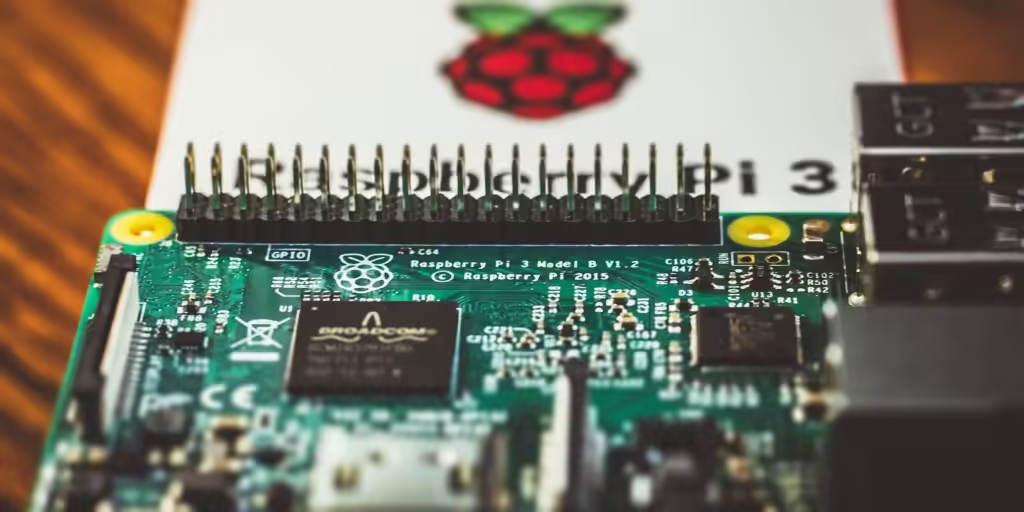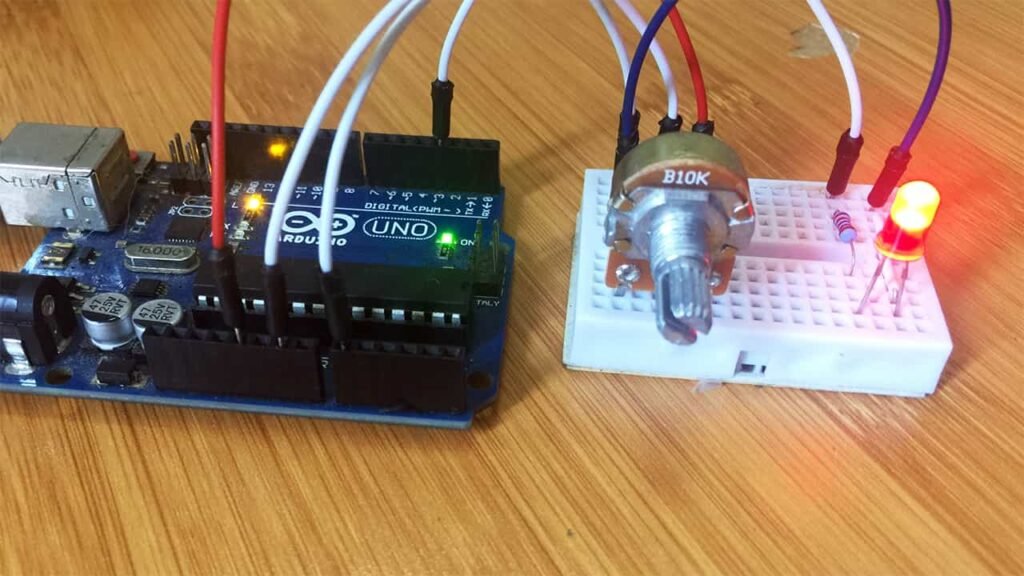Hook Up LED to Pie PWM Dam: Understanding Electronics and Control Systems

In today’s fast-moving tech world, we often hear terms that seem like a confusing mix of jargon. One such phrase that might catch you off guard is “Hook up LED to pie PWM dam.” At first glance, it looks like a random group of words, but when you break it down, it represents a basic process in electronics. This process brings together components like LEDs, Raspberry Pi computers, and control techniques like Pulse Width Modulation (PWM), all managed by regulating power flow, like a dam controls water.
This article simplifies these technical terms, showing how they work together in real-life electronics projects. Whether you’re a beginner in DIY electronics or someone curious about how things like smart home lighting and robotics work, understanding this concept can give you insights into the technology that powers everyday devices.
Breaking Down the Tech Jargon
Let’s explore each term in the phrase to make sense of “hook up LED to pie PWM dam.”
1. Hook Up
“Hook up” in this context means connecting different electronic components in a circuit. It’s more than just plugging in wires—it’s about ensuring the connections are correct, so electrical signals flow smoothly. When you’re working on electronics, how you hook up these parts determines if hook up led to pie pwm damyour project will function as expected or fail to work properly.
2. LED
LED stands for Light Emitting Diode, a popular light source in modern electronics. LEDs are energy-efficient, long-lasting, and produce bright light. They’re used in everything from phone screens to traffic lights. To control an LED’s brightness or power in more advanced projects, you need more than a simple on/off switch. That’s where techniques like Pulse Width Modulation (PWM) come into play.
3. Pie
Here, “pie” refers to the Raspberry Pi, a small but powerful single-board computer that is widely used in electronics projects. A Raspberry Pi allows people to learn about programming and experiment with various hardware setups. Whether you’re building a robot or controlling a home lighting system, the Raspberry Pi is often the “brain” behind these operations because it can run complex programs and manage different components simultaneously.
4. PWM (Pulse Width Modulation)
PWM is a technique used to control the amount of power delivered to a component by turning the power on and off very quickly. By changing the amount of time the signal stays on versus off (the duty cycle), PWM can control things like the brightness of an LED or the speed of a motor. This method saves energy because instead of constantly powering the component, it delivers just the right amount when needed.
5. Dam
In this context, “dam” is used as a metaphor to describe controlling or regulating the power flow in an electronic system. Just like a water dam controls how much water flows through, an electronic system can regulate how much electricity flows to a component. This prevents overheating or overloading, ensuring that components like LEDs or motors work efficiently without damage.
How These Concepts Work Together
Once you understand each part, the phrase “hook up LED to pie PWM dam” becomes a simple way to describe a process in electronics. Imagine you’re building a project with a Raspberry Pi, some LEDs, and a motor. You start by hooking up the components correctly to the Raspberry Pi. The Raspberry Pi then acts as the control center, managing the system. You use PWM to control the power levels delivered to the LED or motor, adjusting the brightness of the light or the speed of the motor. The “dam” part refers to regulating this power flow to ensure the components function smoothly without overheating or burning out.
This process is common in many electronics projects and helps you manage energy and control components in a precise way. It’s not just about turning things on and off—PWM and careful regulation allow for smooth operation and longer-lasting components.

Real-Life Applications
1. Smart Home Lighting
In smart homes, LED lights are often controlled through PWM. Homeowners want the ability to adjust the brightness of their lights for different times of day or moods. By using a Raspberry Pi, the lights can be connected to a central system, where PWM ensures smooth dimming or brightening while saving energy.
2. Robotics
In robotics, precise control is crucial. Motors and LEDs in robots need to work together without interfering with each other. PWM helps in controlling motor speeds or LED brightness with precision. The Raspberry Pi is often used as the central hub to control these operations, ensuring that the robot moves smoothly and performs its tasks accurately.
3. Fan Control in Computers
Modern computers use PWM to control fan speeds based on how much cooling is needed. For instance, when a computer is performing heavy tasks like gaming or video rendering, the fans may need to run faster to keep the system cool. But running the fans at full speed all the time would be noisy and waste energy. PWM allows the computer to adjust the fan speed dynamically, using just enough power to cool the system efficiently.
4. Audio Control
PWM is also used in audio systems to control volume. By modulating the signal, audio devices can adjust the volume without losing sound quality. This technique ensures smooth transitions between different sound levels, providing better audio output in headphones and speakers.
FAQs: Hook Up LED to Pie PWM Dam
Q: Can I use PWM with any LED?
A: Yes, most LEDs can be controlled with PWM, but it’s important to check the LED’s specifications to ensure compatibility with the frequency of the PWM signal.
Q: Why is a Raspberry Pi better than a simple microcontroller?
A: A Raspberry Pi offers more processing power and can handle complex tasks, making it ideal for projects that require multitasking or managing several components at once.
Q: How does PWM help save energy?
A: PWM saves energy by turning the signal on and off quickly, providing just the amount of power needed instead of a constant supply. This reduces energy waste.
Q: Can PWM be used for controlling motors?
A: Yes, PWM is commonly used to control the speed of motors by adjusting the power sent to the motor without wasting energy or overheating the system.
Q: Is it difficult to hook up an LED to a Raspberry Pi?
A: No, connecting an LED to a Raspberry Pi is relatively simple, especially for beginners. With basic instructions and a few components, you can quickly set it up.

Conclusion
The phrase “hook up LED to pie PWM dam” might seem like a collection of random words, but it represents a fundamental process in electronics. Each part of the phrase connects to key concepts like wiring up circuits, using LEDs, controlling them with a Raspberry Pi, and managing power flow through PWM. These elements work together to create efficient and smoothly functioning systems in various applications, from smart home lighting to robotics and computers.
Understanding these ideas not only simplifies complex technology but also shows how innovation in control systems shapes the devices we use every day. As technology evolves, knowing how to connect and regulate these components will become increasingly valuable, whether you’re a hobbyist or a tech enthusiast.





